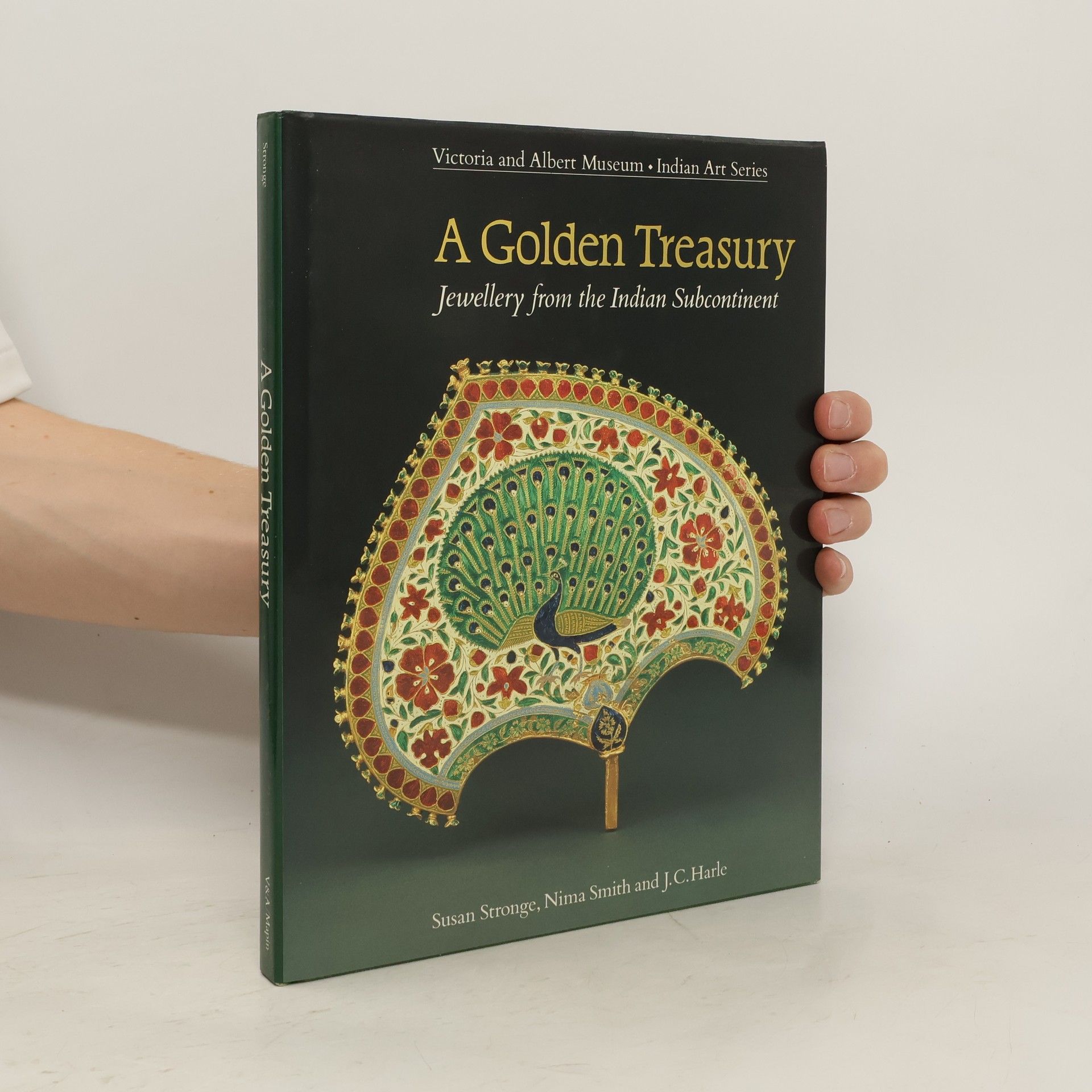This sumptuous book invites readers to examine in exquisite detail some of the world’s finest and rarest examples of Indian jewelry from one of the world’s preeminent collections, objects once owned by the great maharajas, nizams, sultans, and emperors of India from the 17th to the 20th century. Highlights include a rare gold finial from the throne of Tipu Sultan (1750–1799), inlaid with diamonds, rubies, and emeralds and in the shape of a tiger’s head, and a dagger with a stunningly carved jade hilt and a watered steel blade inlaid with gold owned by Shah Jahan. Other pieces reveal the dramatic changes that took place in Indian jewelry design during the early 20th century. This glorious book also examines the influence that India itself had on avant-garde European jewelry made by Cartier and other leading houses and concludes with contemporary pieces made by JAR and Viren Bhagat of Mumbai, which are inspired by a creative fusion of Mughal motifs and art deco “Indian” designs.
Susan Stronge Bücher


The Indian fascination with gold has a history stretching back to the Indus Valley civilization and can sometimes assume almost mystic proportions; despite this, surprisingly little has been written about it. This book examines a wide range of gold ornaments dating from the second century BC to the present day, and includes coins as well as objets d' art. It also discuss the various historical and stylistic influences on gold-crafting and the many techniques that made it such a sophisticated art in the Indian subcontinent. All the pieces, many of which have never been exhibited before, are illustrated in colour. Dr. James Harle provides the introductory essay and catagloue entries on early Indian gold, Susan Stronge the section on jewelry of the Mughal period and Dr. Nima Smith writes on twentieth-century jewelry and Indian attitudes to gold. The objects are drawn from the collections of Her Majesty the Queen, the Victoria and Albert Museum, the British Museum, the Pitt Rivers and Ashmolean Museums, and a number of private collections.